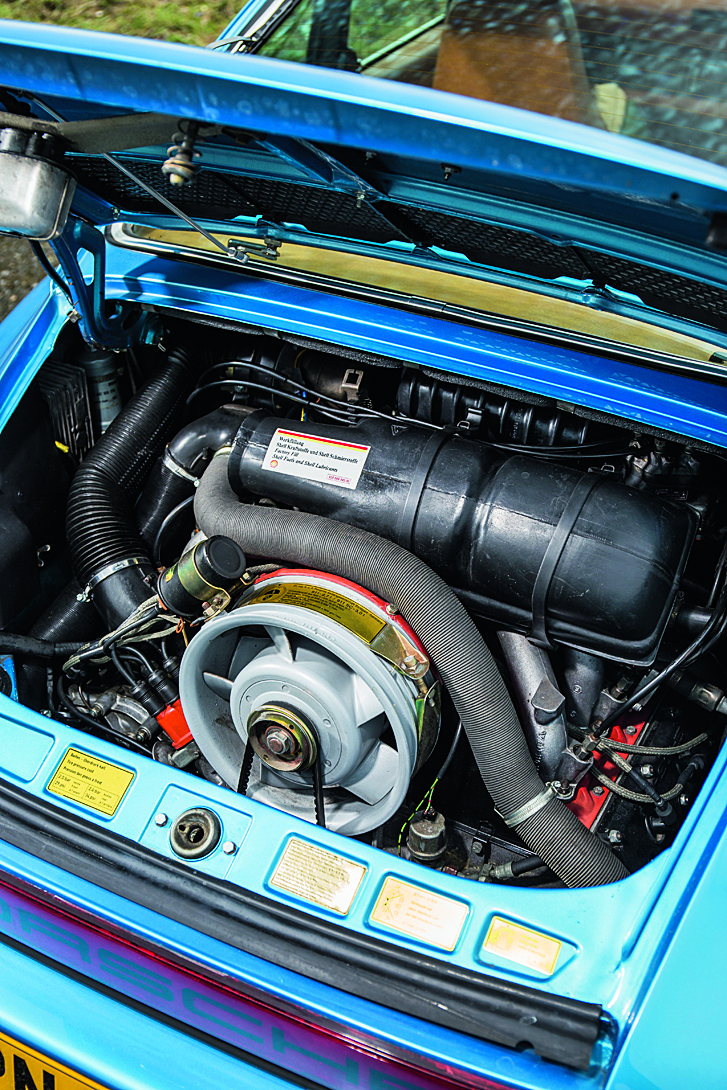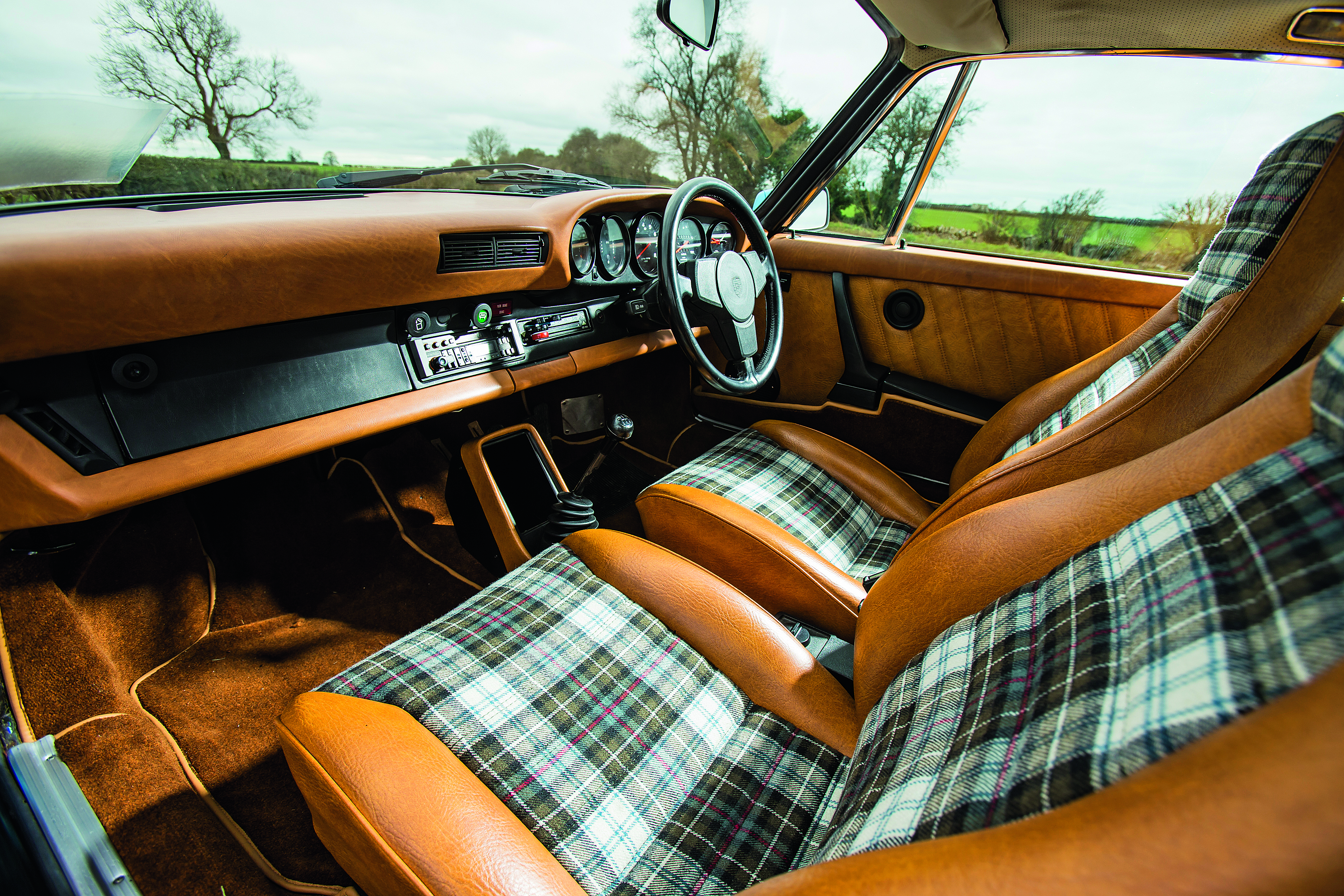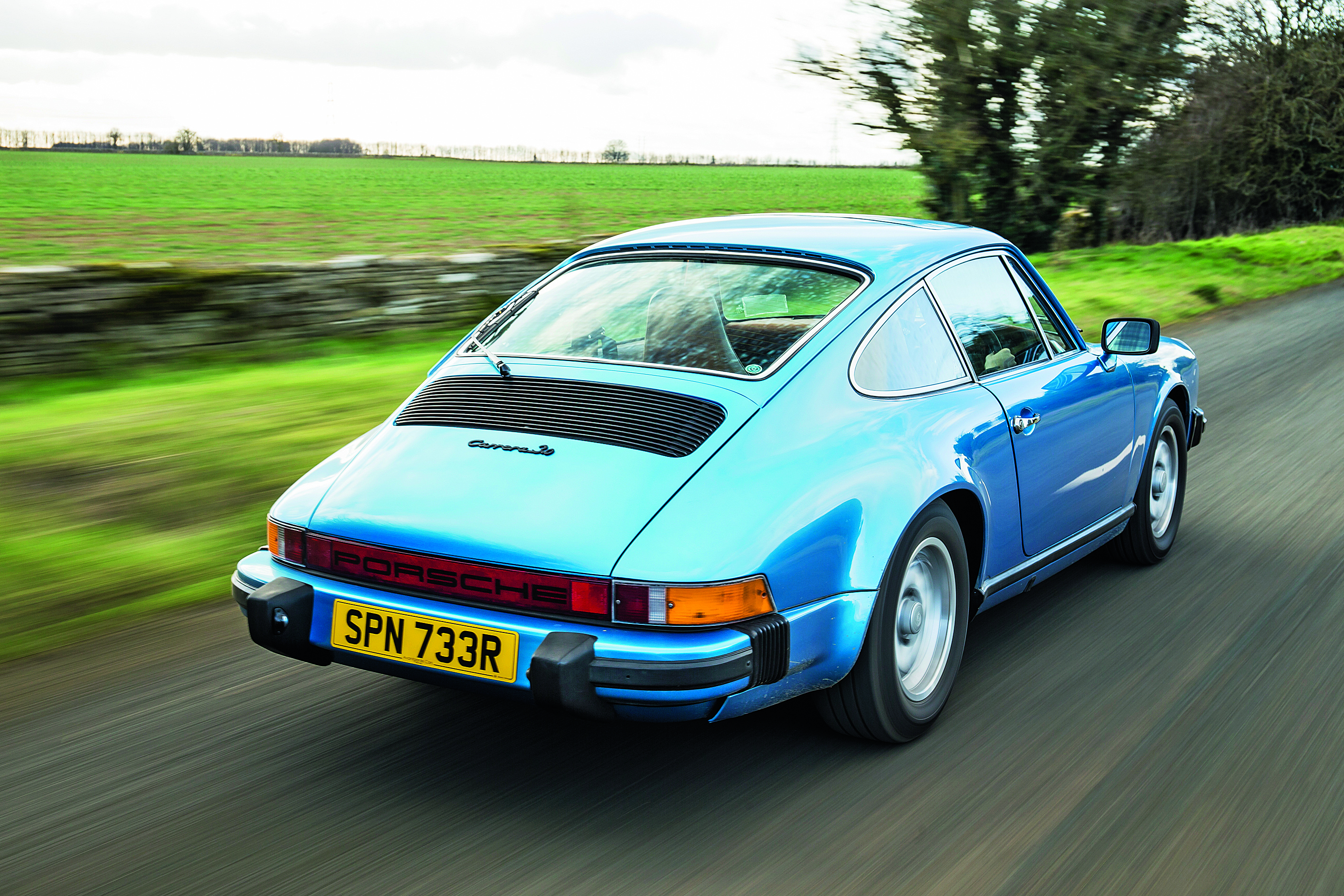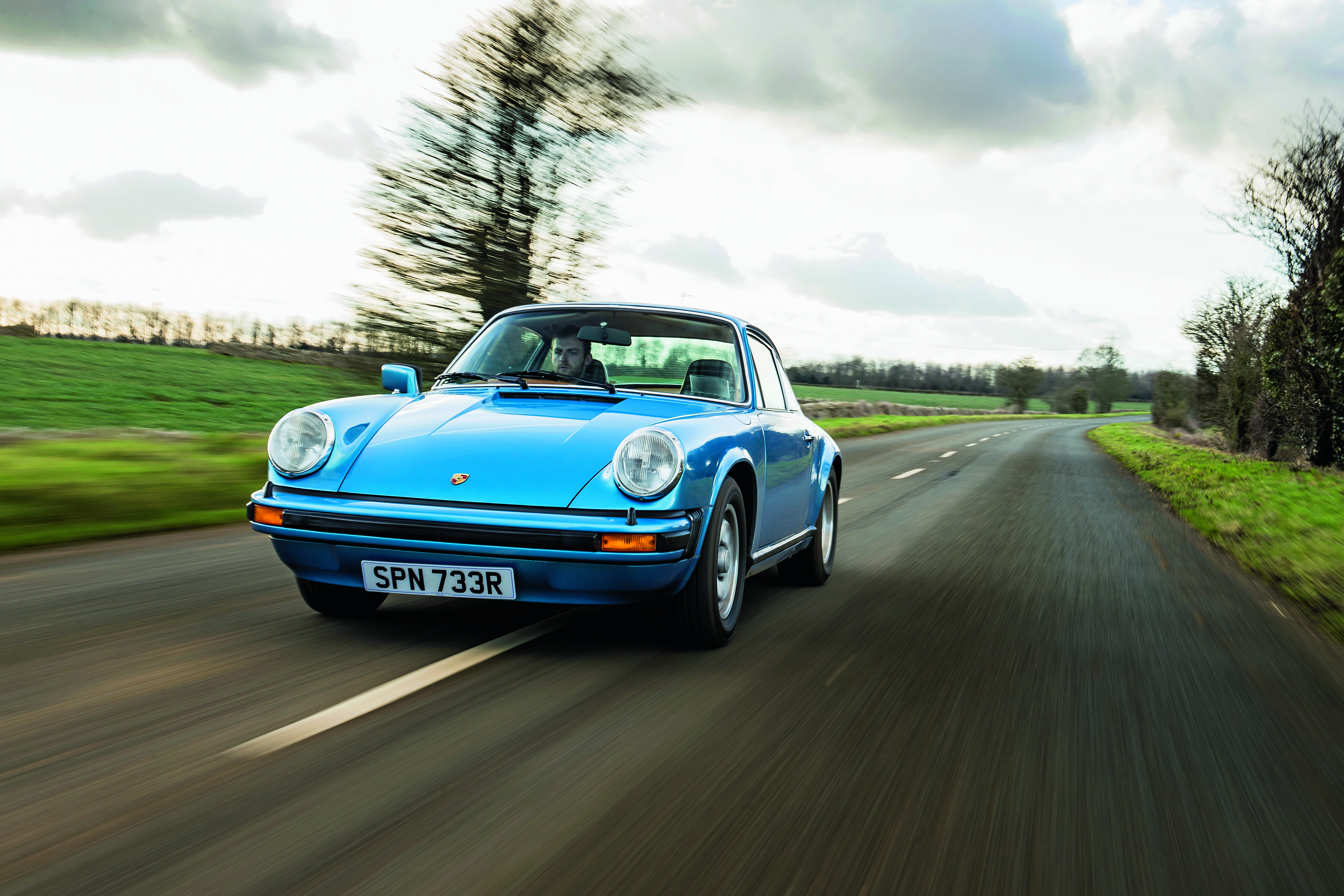Classic Porsche test: story of the Carrera 3.0
In many Porsche 911 books the Carrera 3.0 hardly merits a mention. Sandwiched between the revered Carrera 2.7 and all-conquering SC, it’s a mere footnote in a 56-year story. Has history judged it too harshly? Is the ‘Carrera 3’ underrated or simply underwhelming? Only driving one will tell us for sure.
The odds seem stacked against the 3.0 from the start. First, Porsche broke an unwritten rule by launching a new car with less power than its predecessor. And while a 13hp shortfall mattered more on paper than the road, the outgoing Carrera 2.7 also boasted perfect pedigree, being mechanically identical to the 1973 RS 2.7, barring the US model. The new 3.0, conversely, was defined by what it lacked. It was, in essence, ‘a Turbo without the turbo’.
On sale for just two years between 1976 and 1977, the Carrera 3.0 was the middle rung of a revised 911 range. The base model – called 911 Lux in some markets – retained a 165hp version of the 2.7-litre engine. The 3.0, meanwhile, adopted the 2,994cc lump from the flagship 930. This development of the 1974 3.0 RS engine would serve the 911 in various guises until 1984. In naturally aspirated form quoted power was 197hp at 6,000rpm, this versus 260hp at 5,500rpm for the top-dog Turbo. Fuel economy was improved, albeit not sufficiently for US emissions legislation. The 3.0 was never sold Stateside as a result.

Transforming a 930 into a Carrera 3 wasn’t merely a case of unbolting the blower. The N/A engine also had larger inlet ports, while compression ratio increased from 6.5:1 to 8.5:1. Further fettling for the 1976 model year included a die-cast aluminium crankcase, Nikasil cylinder liners, a five-blade cooling fan and Bosch K-Jetronic fuel injection, replacing the plunger-type system. The use of K-Jetronic, which endured until the 1994 964 Turbo 3.6, also meant the demise of the hand throttle, supplanted by a vacuum-operated warm-up regulator. Most buyers chose the five-speed manual transmission, but Porsche also offered the four-speed ‘box from the Turbo and the clutchless Sportomatic – the latter now reduced to just three ratios.
What the 3.0 lacked in peak power it made up for in mid-range muscle. Maximum torque of 255Nm matches the outgoing Carrera 2.7 and is developed 900rpm lower in the rev range, meaning it equals the older car’s 6.3-second sprint to 60mph. Top speed is an Autobahn-friendly 145mph. The 3.0 is a relatively light 911, too. At 1,093kg it weighs 67kg – or a typical adult passenger – less than a 1978 SC.
At first glance the Carrera 3 looks little different to other impact-bumper 911s. ATS ‘Cookie Cutter’ alloys in 6×15- and 7×15-inch sizes were standard, with wider Turbo-spec Fuchs for the Sport pack. The latter included a Whaletail spoiler and optional ‘Carrera’ side script, plus Bilstein dampers replacing the standard Koni or Boge set-up. A Comfort pack was also added for 1977 with 14-inch wheels and softer Bilsteins. Coupe versions of the 3.0 outsold Targas by a factor of two to one.

The most significant cosmetic update, however, is hidden from view. 1976 saw Porsche introduce hot-dip zinc coating for all panels, vastly improving the 911’s traditionally rather feeble resistance to rust. Stuttgart then put its Deutschmarks on the line with an industry-leading six-year corrosion warranty, which boosted resale values and reinforced a growing reputation for quality. Sadly the zinc protection is rarely so effective in the longer term; even slight damage exposes the steel underneath, allowing rust to take hold.
Inside, the Carrera 3 made a significant step towards curing another of the 911’s age-old issues: inadequate heating. Until this point regulating cabin temperature had been a hit-and-miss affair, using levers between the seats to mix air heated by the exhaust with fresh air from outside. The new system, standard on the 3.0 and Turbo, used two thermostats and a rotary controller to manage this process automatically. Separate fan and heater sliders were also introduced for 1977 along with face-level air vents, albeit only on the passenger side.

Further improvements to comfort came from extra sound deadening and a plusher interior, including carpeting on the lower doors from 1977. A larger driver’s door mirror was fitted, now electrically operated and heated, and cruise control – called Tempostat in Europe or Automatic Speed Control in the US – was an option for the first time. Porsche even changed the design of the locks to improve security. Now, instead of pop-up buttons that could be hooked with a coat hanger, the 911 had round knobs on the door panels. The Targa’s opening quarterlights were discontinued to deter smash-and-grab opportunists, too.
We could go on, of course. But there are only so many facts about thermostats or carpeted doors even the most committed enthusiast needs. What matters more is how the Carrera 3.0 drives and, ultimately, its place in the air-cooled 911 hierarchy. To find out we visited Classic Motor Hub, a huge multi-marque showroom that at the time of writing has the car pictured for sale at £87,500. CMH is also nestled among some of the Cotswolds’ prettiest villages
and finest driving roads. If the Carrera 3.0 can’t impress here…
For the full Carrera 3.0 classic test, pick up your copy of Total 911 issue 177 in shops now or get it delivered to your door via here. You can also download a digital copy with high definition bonus galleries to any Apple or Android device.

Comments (0)